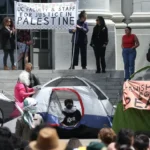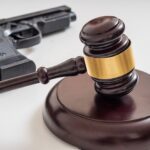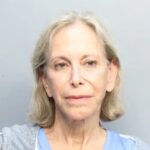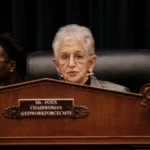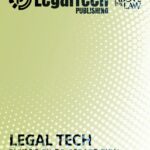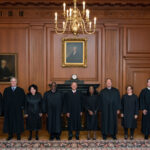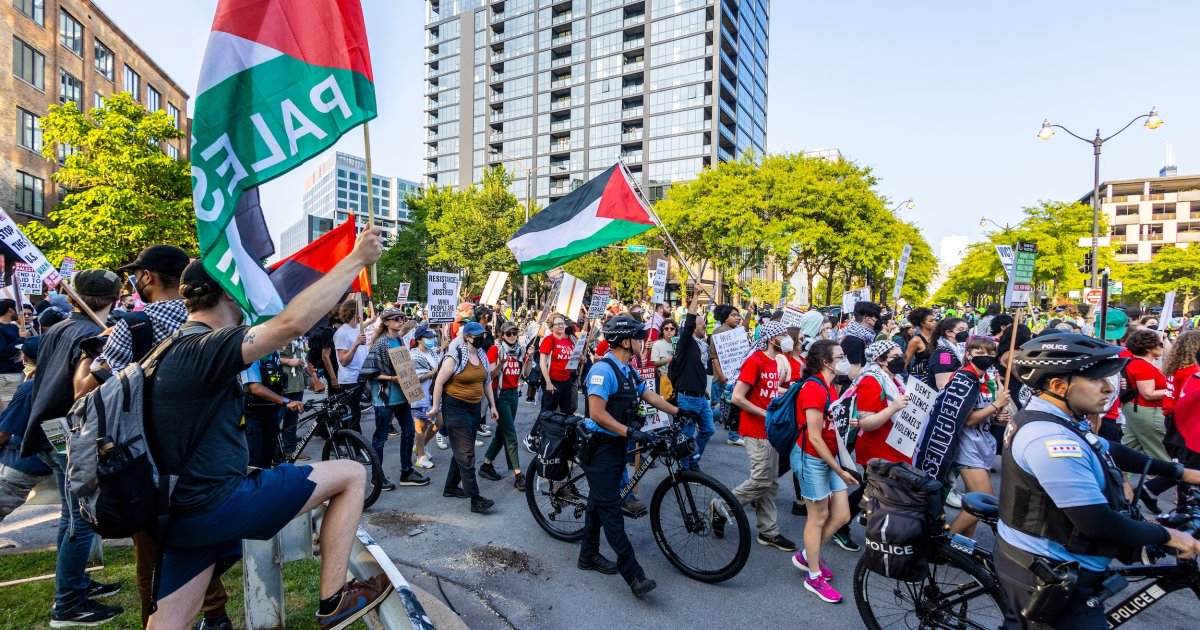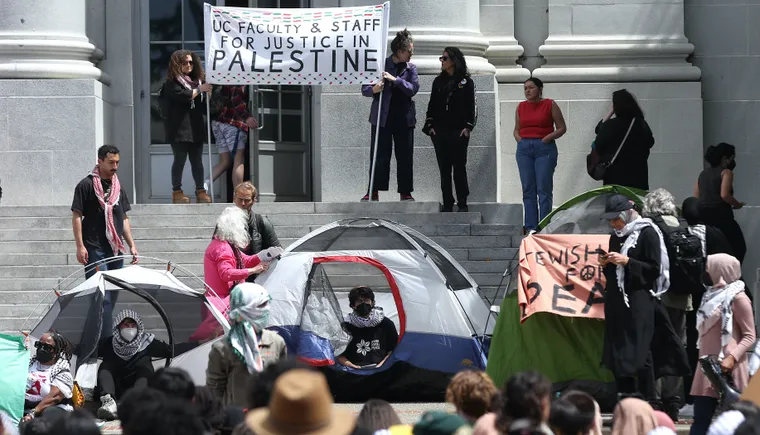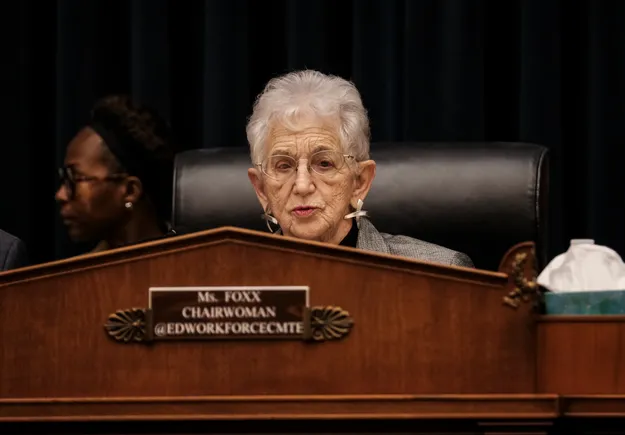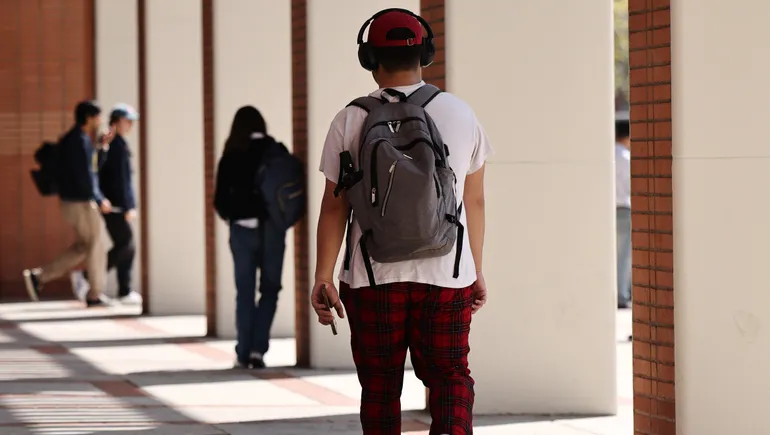The Coalition to March on the RNC held a pre-planned demonstration on Monday, July 15, where they rallied across the river from the Fiserv Forum at Red Arrow Park, followed by a family-friendly march. The coalition commended the 120 affiliated organizations and 3,000 people who attended the demonstration, but it initially expected upwards of 10,000 attendees, the Associated Press reported.
The week continued with few to no protesters at either of the two free speech zones, and FIRE saw only about a dozen protesters outside the RNC security gates over the next two days. Though more than 100 individuals or groups signed up to speak, the no-show rate was more than 80%, according to the AP.
Flores told FIRE the march was a success, but said the strict protest restraints undoubtedly discouraged some people from traveling to exercise their constitutional rights. He also pointed to a heavy law enforcement presence that created a “culture of fear” for amateur organizers and said that the July 13 assassination attempt against former President Donald Trump may have deterred some people from attending.
FIRE ON THE GROUND AT THE RNC: WE NEED TO TALK, NOT SHOOT
“It was extremely disappointing for us to see the lack of activity that week. This is because of the precedent that the city set,” Flores said. “Honestly, I think it’s something we’re going to be seeing more frequently. There’s a lot of intensity growing on each side. I think that will be used as an excuse to get rid of First Amendment rights.”
A desolate demonstration zone
FIRE encountered one demonstrator, Alexis Pleus, who traveled from Binghamton, New York for the opportunity to reach big-name Republican Party decision-makers and advocate for her organization, Truth Pharm, which aims to reduce the stigma about opioid addiction and to educate the public and advocate for policies to reduce harms from substance use. Pleus founded Truth Pharm in 2015 after tragically losing her son to a drug overdose the year before and was excited to share her organization’s vision to RNC-goers. She was shocked to arrive in Milwaukee and find a desolate demonstration zone with minimal foot traffic.
“It’s very frustrating to me, because I was looking forward to coming to a place to reach people that I don’t always get to reach,” Pleus said. “But now I’m not going to have that opportunity, because they put us over in a park a mile from here where nobody’s at. Without a doubt, there are people who probably did not share their message.”
FIRE ON THE GROUND AT THE RNC: WITHOUT A DOUBT, THERE ARE PEOPLE WHO PROBABLY DID NOT SHARE THEIR MESSAGE”
FIRE attended Pleus’ scheduled speech at the Zeidler Union Square free speech zone, which only saw about a dozen attendees. In fact, FIRE walked past the area multiple times over those few days and found a sea of security guards basically twiddling their thumbs, zero demonstrations, and few RNC attendees passing by.
“This bullshit of putting people who are demonstrating and people who deserve to have a voice at this event, putting us out here three-quarters of a mile away from the activity is, is crap,” Pleus yelled during her Wednesday speech. “Our message is not political. Red and blue can do the right thing, and you are putting us out here where no one can hear the message. How dare you?”
The specter of 1968 at the DNC, and yet another legal tussle
Next up was the DNC, held in Chicago, for the second time since the internationally infamous 1968 convention — one that saw numerous violent clashes between police and protesters, and which left a stain on the Windy City for decades. The similarities between the lead-up to the 2024 DNC and the 1968 catastrophe were numerous, and evident nationwide.
President Joe Biden relinquished his bid for reelection ahead of the convention as did President Lyndon Johnson more than 50 years ago. The political climate back then also saw fervent demonstrations around the Vietnam War — akin to protests today over the Israel-Hamas war in Gaza.

With the specter of 1968 hovering over the event, as well as another legal back-and-forth between protesters and Chicago city officials, demonstrators told FIRE their speech was suppressed during the DNC. A few demonstrators even accused Chicago officials of making content-based restrictions on speech.
“Because they don’t like the content of our protest, they were going to all these lengths to restrict our free speech,” Faayani Aboma Mijana, a spokesperson for the Coalition to March on the DNC, told FIRE.
Multiple groups with the Coalition to March on the DNC — an organization of more than 200 organizations united to protest the Democratic Party’s policies on Gaza — filed a lawsuit in March against the City of Chicago, alleging two counts of First Amendment violations after the city denied its parade permits.

According to the lawsuit, city officials initially offered alternative routes for the coalition, all of which were miles away from the United Center, the main DNC headquarters. The city eventually offered a 1.4 mile route within sight and sound of the convention, but coalition organizers demanded a longer route to accommodate the expected tens of thousands of demonstrators.
But on Aug. 12 a federal judge affirmed that the city’s suggested parade route within sight and sound of the United Center satisfied the First Amendment.
The city also eventually approved the coalition’s right to assemble in Chicago’s Union Park and Park 578, but denied the group access to sound amplification, a stage, tents or canopies, and portable restrooms, according to a coalition press release.
“At every turn, we organize people and engage in legal struggle to fight for everything we have to preserve our First Amendment right,” Mijana told FIRE.

On Aug. 16, the city finally conceded to protesters’ demands, allowing them a stage and amplified sound to spread their message during the group’s Aug. 19 and 22 demonstrations, according to legal documents. The city also allowed the group seven portable toilets.
“The battle to get here was long and arduous,” Mijana said. “It speaks to the hypocrisy of some of these politicians who like to think that they’re for free speech, but they’re actually kind of selective of who they want to have free speech.”
Despite this small victory, another coalition organizer, Kobi Guillory, told FIRE the attempts to suppress the group’s speech impacted the total number of demonstrators who descended on Chicago. While 20,000 people attended the coalition’s first march and 11,000 attended the second, the coalition’s attorney Chris Williams estimated ahead of the marches that it would be closer to 40,000 or 50,000 participants in total, the Chicago Sun Times reported.
“We know it has limited some people’s speech,” Guillory told FIRE during the first march on Aug. 19. “We’re going to do everything in spite of that to make sure people are heard and seen. The state does limit people’s free speech… We just have to keep fighting.”
Should protesting be this difficult?
In the end, each convention still saw thousands of protesters exercising their right to free expression and peaceful assembly. But the legal skirmishes and broad restrictions on protected expression leading to diminished turnouts raise the question: Should it be this hard to exercise one’s First Amendment rights?
“These things shouldn’t be fought for,” Mijana told FIRE. “The unfortunate truth is that we may not get everything we fight for, but we fight for everything we get. I’d like to see our free speech rights protected more.”
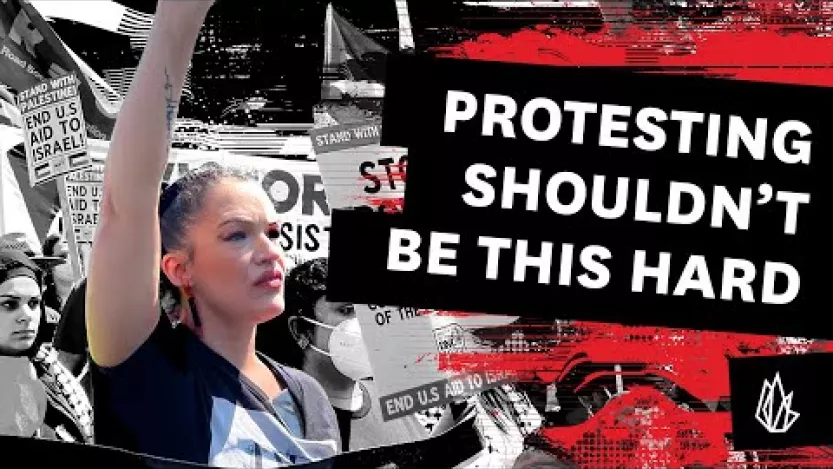
#Milwaukee #Chicago #circumvented #free #speech #RNC #DNC
